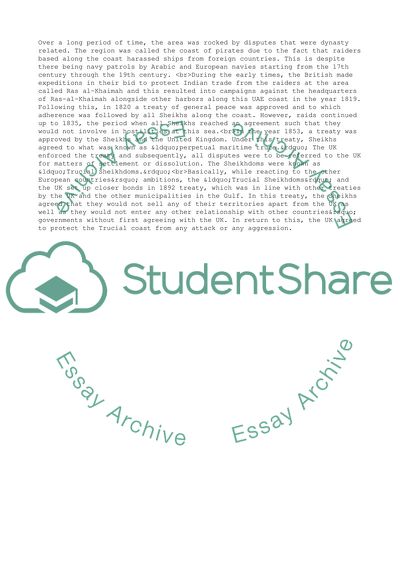Cite this document
(Doing Business and Investing in the United Arab Emirates Research Paper, n.d.)
Doing Business and Investing in the United Arab Emirates Research Paper. Retrieved from https://studentshare.org/business/1728155-international-business
Doing Business and Investing in the United Arab Emirates Research Paper. Retrieved from https://studentshare.org/business/1728155-international-business
(Doing Business and Investing in the United Arab Emirates Research Paper)
Doing Business and Investing in the United Arab Emirates Research Paper. https://studentshare.org/business/1728155-international-business.
Doing Business and Investing in the United Arab Emirates Research Paper. https://studentshare.org/business/1728155-international-business.
“Doing Business and Investing in the United Arab Emirates Research Paper”, n.d. https://studentshare.org/business/1728155-international-business.


